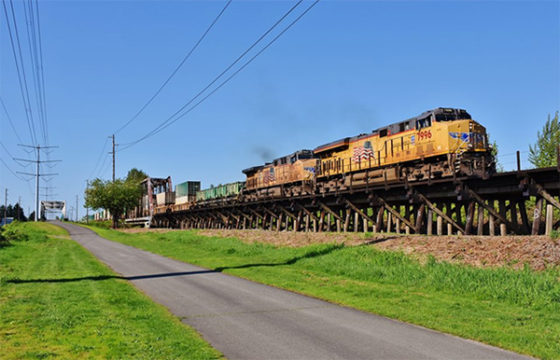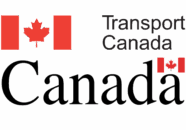
Fall began with a roar across the country as heavy weather rolled in—a good reminder to have your workplace ready to cope. In regulatory news, the FMCSA takes the lead this week with a large technical update to its core regulations. Here’s all the latest:
FMCSA
The agency published an amendment making technical corrections throughout the Federal Motor Carrier Safety Regulations. The Agency made minor changes to correct inadvertent errors and omissions, remove or update obsolete references, and improve the clarity and consistency of certain regulatory provisions. The Agency also made nondiscretionary, ministerial changes that are statutorily mandated. The changes are effective September 30, 2019. See the amendment here.
The agency also issued a new notice that provides revisions to the National Hazardous Materials Route Registry (NHMRR) reported to the FMCSA from April 1, 2018 through March 31, 2019. The NHMRR is a listing, as reported by States and Tribal governments, of all designated and restricted roads and preferred highway routes for transportation of highway route controlled quantities of Class 7 radioactive materials and nonradioactive hazardous materials. These revisions are effective September 24, 2019. See them here.
EPA
The agency published an extension of the comment period for a proposed rule that would restrict the manufacture and or use of several chemicals under the provisions of the TSCA. Comments are extended until October 28th. See the extension here.
OSHA
OSHA is approving two additional quantitative fit testing protocols for inclusion in appendix A of the Respiratory Protection Standard. These protocols are: The modified ambient aerosol condensation nuclei counter (CNC) quantitative fit testing protocol for full-facepiece and half-mask elastomeric respirators and the modified ambient aerosol CNC quantitative fit testing protocol for filtering facepiece respirators. This could impact workplaces that typically use and test for respirators for their employees. See the update here.
OSHA invites interested parties to participate in a stakeholder meeting to share information on their use of leading indicators to improve safety and health outcomes in the workplace. OSHA plans to use the information to create additional tools that may help employers with developing and using leading indicators. The meeting will take place in Washington DC on November 7, 2019. See the details here.
PHMSA
The agency denied a preemption request based on jurisdictional issues. NORA, An Association of Responsible Recyclers, petitioned for an administrative determination that the Hazardous Materials Transportation Act (HMTA) preempts an Oregon hazardous waste regulation to the extent that Oregon interprets the regulation as imposing a strict liability standard on transporters of hazardous waste. Because the HMTA’s preemption provisions—including the provision granting the Department the authority to make administrative preemption determinations—expressly do not apply to a ‘‘mental state . . . utilized by a State . . . to enforce a requirement applicable to the transportation of hazardous material,’’ PHMSA lacks authority to act on NORA’s petition. PHMSA therefore rejects the petition. See the action here.
Transport Canada
PHMSA’s northern counterpart published a notice of proposed revision to its standard for IBC’s. The notice invited comments until October 25th. See the notice here.
The agency also published a similar notice to the above announcing an update to packaging standards for Class 6.2 materials. Comments also close on October 25th. See this notice here.
EU ADR
A pair of actions was taken related to Kazakhstan. The competent authority information was updated and the example driver certificate was also revised and is presented. Link to both actions here.
Labelmaster is a full-service provider of products, shipping and training software, and professional consulting services to assist the DG and HS&E professional to comply with national and international regulations. See our full line of solutions at www.labelmaster.com


